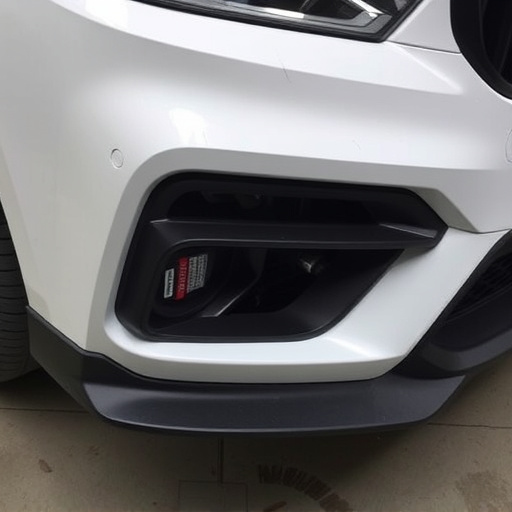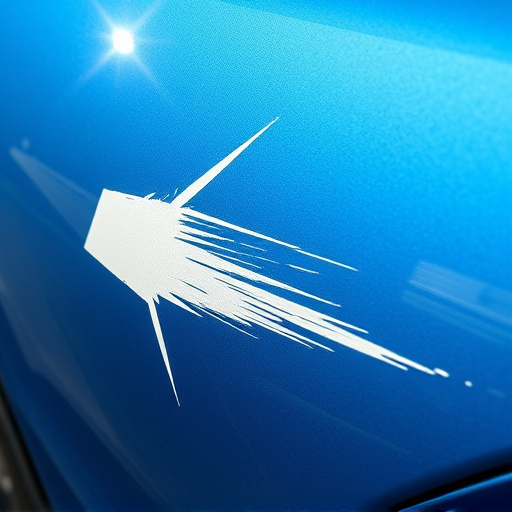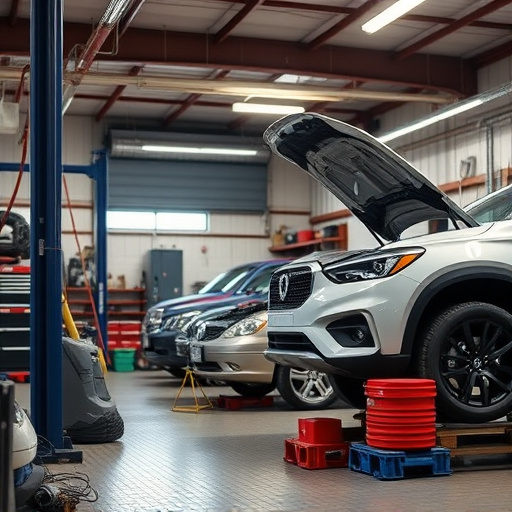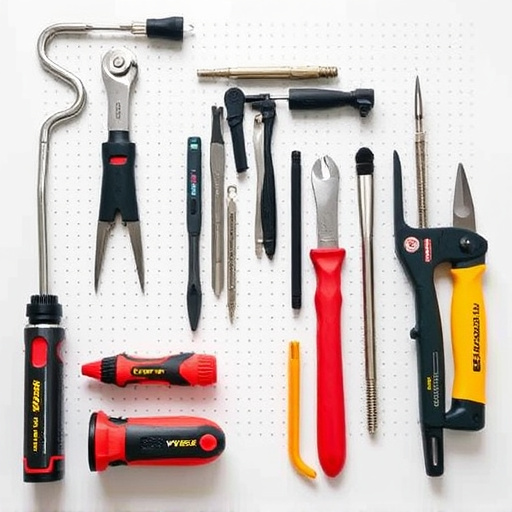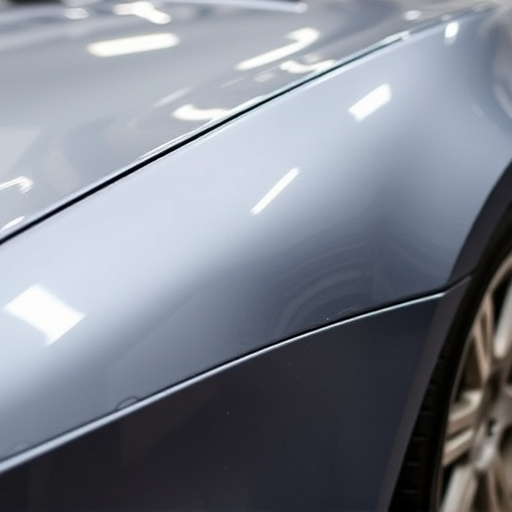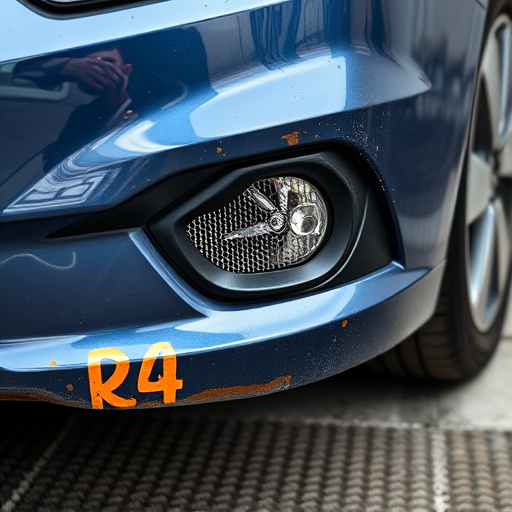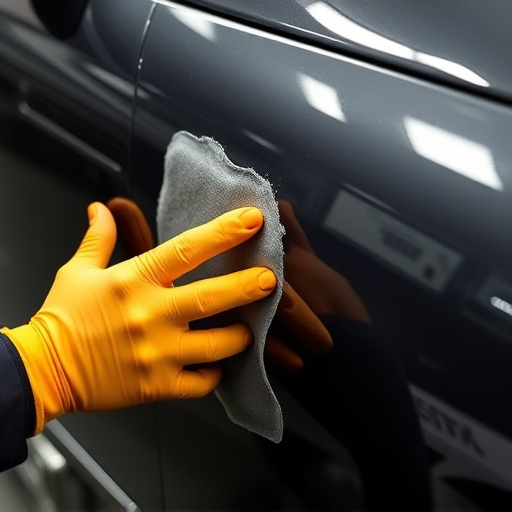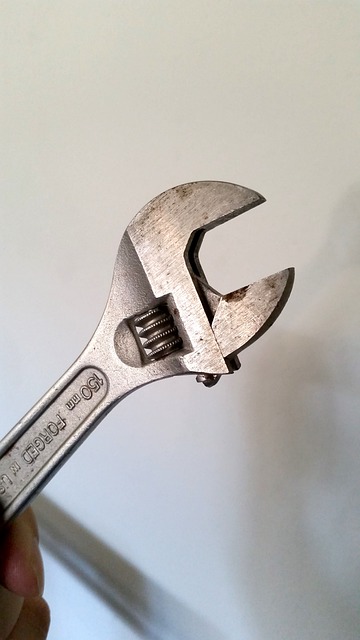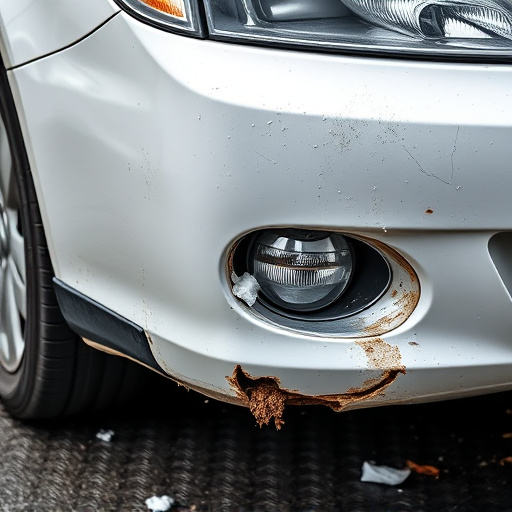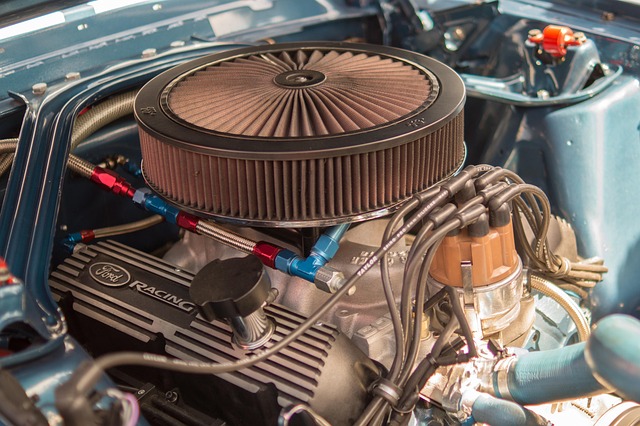This text differentiates between minor and major dent damage in vehicles, emphasizing distinct repair approaches. Minor dents can be cost-effectively addressed with painting or adhesives, while major repairs involve complex processes like metal fabrication by skilled technicians to restore structural integrity. Budgeting differs significantly, with minor repairs affordable but major ones requiring substantial investment. Understanding these differences is crucial for appropriate budget allocation in automotive care and collision repairs.
Understanding the difference between minor and major dent damage is crucial when considering repairs. While minor dents can often be fixed with simple techniques, major dent repair involves more complex methods. This article delves into the nuances of these distinctions, exploring assessment and repair techniques tailored to each category. Additionally, we dissect cost differences, providing insights for informed budgeting. Key terms like ‘major dent repair’ are central to this guide, ensuring readers grasp the unique considerations for extensive damage restoration.
- Understanding Minor vs Major Dent Damage
- Assessment and Repair Techniques for Each
- Cost Differences: Budgeting for Repairs
Understanding Minor vs Major Dent Damage

Minor dent damage, like a small ding or a shallow scratch, is often a mere cosmetic issue. It doesn’t affect the structural integrity of the vehicle and can usually be removed with simple techniques like painting over or using special adhesives. These quick fixes are ideal for fleet repair services, where maintaining a large number of vehicles efficiently is key.
In contrast, major dent damage involves deeper issues, such as panel deformities, severe creases, or even penetrations that compromise the car’s body structure. This level of damage requires more intricate and specialized repairs, often involving replacement parts and advanced techniques like metal fabrication or structural bonding. Unlike minor dents, which can be addressed by automotive repair shops using standard tools and methods, major dent repair necessitates skilled technicians and comprehensive car repair services to ensure the vehicle is restored to its pre-damage condition.
Assessment and Repair Techniques for Each

When it comes to assessing and repairing damage on a vehicle, distinguishing between major dents and minor damage is key.
For major dent repair, the process is significantly more complex than addressing smaller dings or scratches. Professional technicians use specialized tools and techniques like panding, pulling, or even replacing large sections of the body panel. The goal is to return the vehicle to its original factory finish, ensuring structural integrity and a seamless appearance. In contrast, minor damage repairs, often handled by body shop services, typically involve less invasive methods such as painting, filler, or touch-up work to conceal surface imperfections. These automotive body work techniques are designed to restore the vehicle’s aesthetics without requiring extensive restructuring.
Cost Differences: Budgeting for Repairs

When it comes to budgeting for repairs, a significant distinction exists between addressing minor and major damage. Minor dents, such as small dings or scratches, often fall into the category of routine maintenance and can typically be fixed affordably. Many automotive restoration services offer quick and cost-effective solutions, like paintless dent repair techniques, which effectively remove smaller imperfections without extensive work or high costs.
In contrast, major dent repairs involve more complex procedures, including structural adjustments and comprehensive vehicle paint repair. These are essential for significant cosmetic issues or damage that affects the car’s safety and integrity. The cost differences between these two scenarios can be substantial, with major dent repairs often requiring a substantial investment compared to minor damages. Therefore, understanding these distinctions is vital when planning repairs, ensuring drivers allocate their budgets appropriately for either routine maintenance or more intricate automotive collision repair needs.
When it comes to dent repair, distinguishing between minor and major damage is key. Understanding these differences empowers car owners to make informed decisions and choose the right repair approach. Major dent repair involves more complex techniques and often requires professional expertise due to its impact on a vehicle’s structure and aesthetics. Conversely, minor damage can typically be addressed with DIY methods or simple salon fixes. By assessing the extent of the damage, individuals can select the most effective and cost-efficient solution, whether it’s a quick touch-up for smaller dents or a more extensive procedure to restore the car’s original condition.

